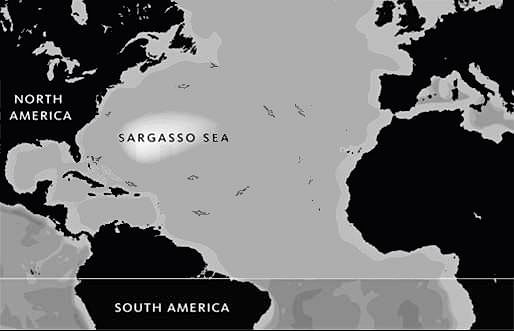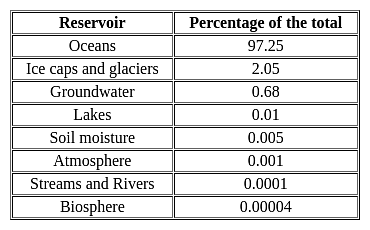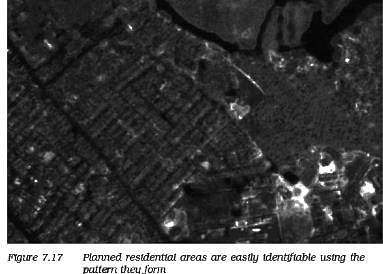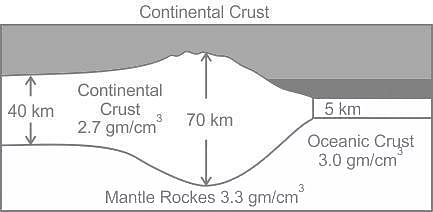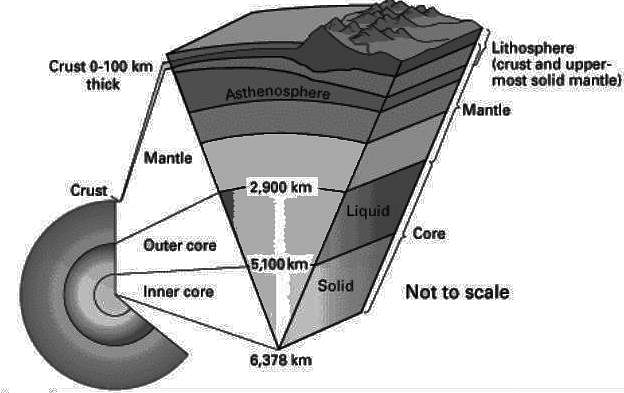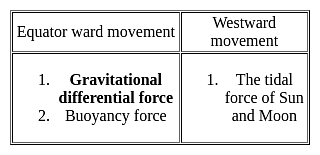APSET Paper 2 Mock Test - 8 (Geography) - AP TET MCQ
30 Questions MCQ Test APSET Mock Test Series 2025 - APSET Paper 2 Mock Test - 8 (Geography)
Consider the following statements:- a) Culture has no precise standard of measurement.
b) Brock and Webb has divided the world into 5 major and 3 minor cultural realms.
c) According to H. Robinson, the European cultural region is the most favourable continent.
d) Cultural regions and areas both are the same.
Which of the following options are correct?
i. T.C Chamberlin advanced the carbon dioxide theory.
ii. Carbon dioxide and water vapour produces greenhouse effect.
Choose the correct answer:
With reference to the water on the planet Earth, consider the following statements :
1. The amount of water in the rivers and lakes is more than the amount of groundwater.
2. The amount of water in polar ice caps and glaciers is more than the amount of groundwater.
Which of the statements given above is/are correct ?
Which of the statements is correct about visual interpretation of data?
With reference to the Structure of the Earth, consider the following statements:
1. The continental crust is thicker in the areas of major mountain systems.
2. The upper portion of the crust is called the asthenosphere.
3. The outer core is in a liquid state while the inner core is in a solid-state.
Which of the statements given above are correct?
Consider the following statements:
1. Coastline plays an important role in governing the direction of the flow of the ocean current.
2. Brazilian current is an example of one such phenomena.
Which of the given statements is/are correct?
Assertion: Humanism in geography developed for the understanding of man environment relationship.
Reasoning: Humanistic geography focuses on products of human activity.
Select the correct answer from options given below:
When molten rock comes out the surface of earth, it is known as –
Match List I and List II:
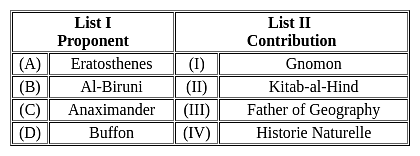
Choose the correct answer from the options given below:
Which of the following statements are correct about the continental drift theory?
1. Wegner aims to explain the relation between past climatic change and the displacement of the continents
2. The supercontinent Pangea breakdown into Laurasia and Gondwanaland.
3. Differential gravitational forces are responsible for the displacement
Which of the following statements is NOT true?
In the history of India population, which duration period is referred to as 'A great leap forward'?
|
60 tests
|


